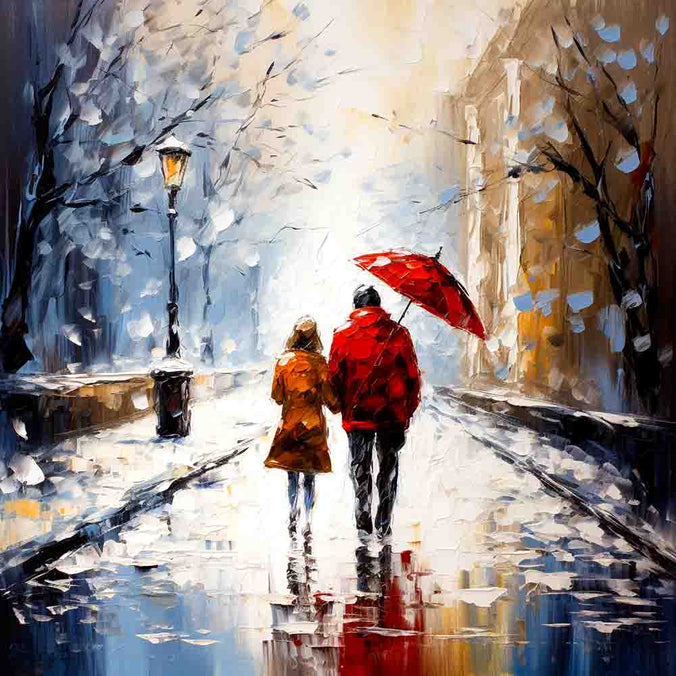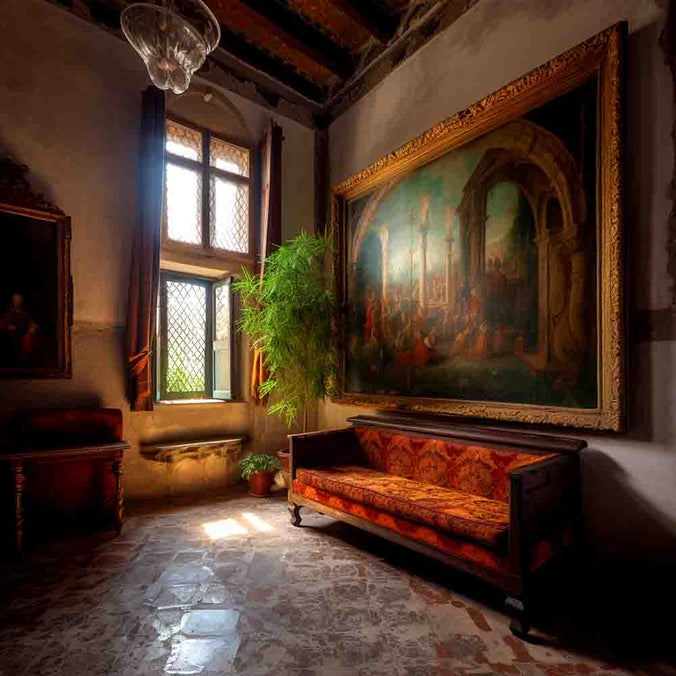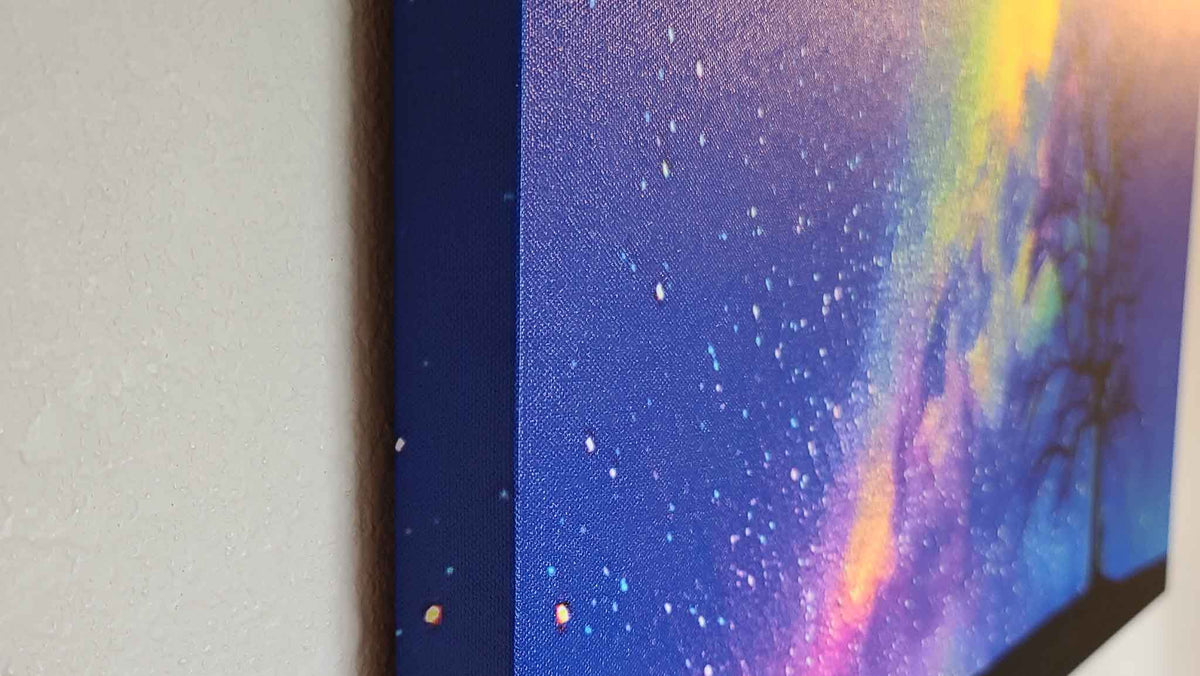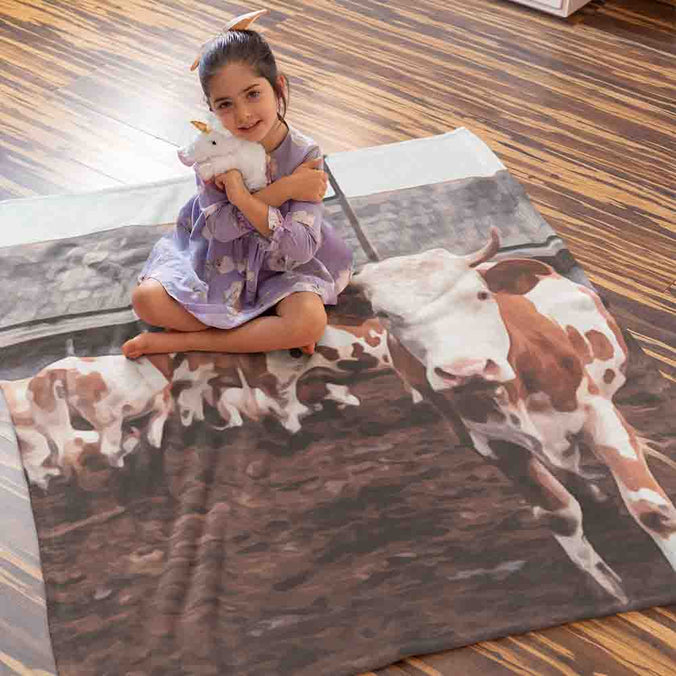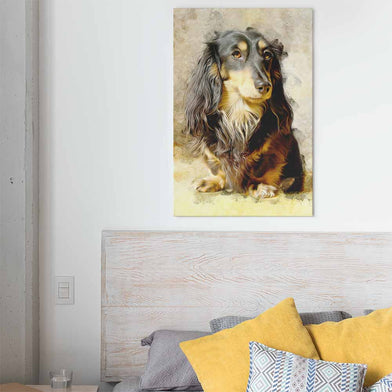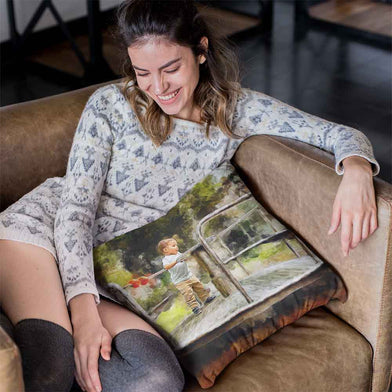What is Abstract Art?
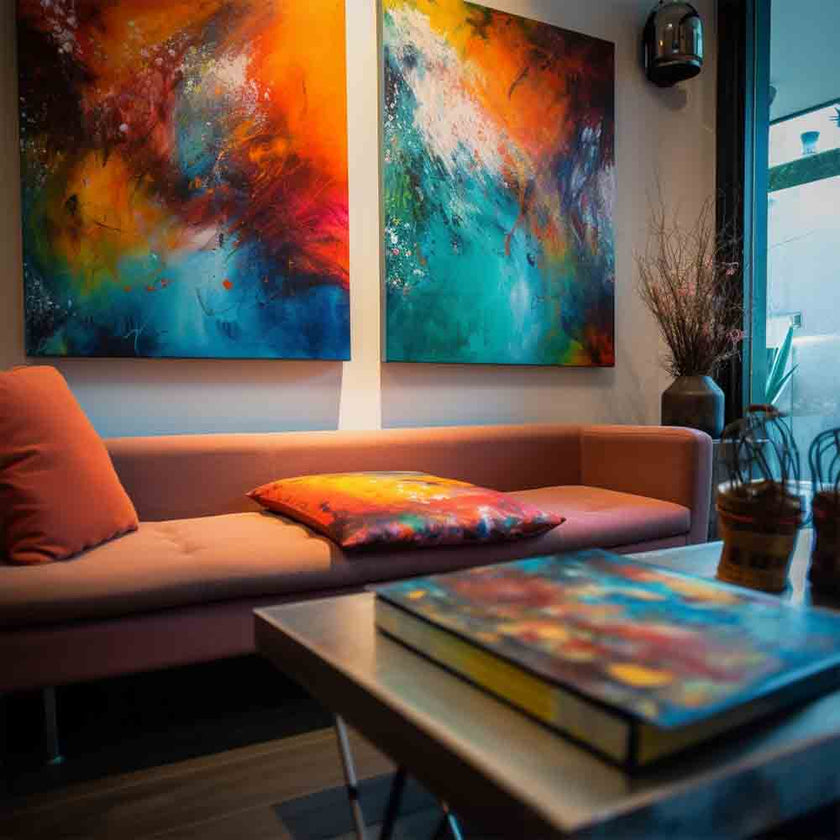
What is Abstract Art?
Abstract art is a unique and versatile art form that deviates from reality and does not have an easily discernible subject. It aims to create a sense of "reality" that transcends the physical world, using excellent drawing skills, composition, and color mastery. Originating with Russian painter Wassily Kandinsky, abstract art has evolved over time and includes famous artists like Piet Mondrian, Jackson Pollock, and Mark Rothko. Abstract art can evoke emotional responses in the viewer, and it can be created using various materials, surfaces, and techniques. With its innovative nature, abstract art can be an inspiring addition to home décor and provides opportunities for budding artists to experiment and explore their creativity.
What does abstract mean in art?
Abstract art can mean many different things to different people, but in its most basic sense, it refers to artwork that does not have an easily discernible subject. The goal of abstract art is to communicate with viewers and create a sense of "reality" that transcends the physical world. It is difficult to pin down what reality is, because we all create our own ideas of it.
In its early stages, abstract art was focused on exploring ideas and concepts rather than depicting specific objects. Wassily Kandinsky is often credited with being the first modern abstract artist, as he was one of the first to embrace completely abstract compositions. He also incorporated musical elements into his works and used musical terms to describe them.
While most people understand that abstract art differs from representational art, it's often difficult to define what an abstract piece of art actually is. A skilled abstract artist will use excellent drawing skills, an exceptional sense of composition, and a mastery of color to create a unique work of art.
The history and origins of abstract art
Abstract art is a form of modern art that focuses on blending different materials and styles into a single composition. Many artists have interpreted this new form of art in various ways, but it all started with the Russian painter Wassily Kandinsky. His paintings were considered to be the first major abstract works, and he became known as the father of abstract painting. Other artists who contributed to the development of abstract art include Piet Mondrian, Jackson Pollock, and Mark Rothko.

The history of abstract art revolves around two primary ideas. One is that abstract art seeks to liberate art from representation, focusing instead on form and color. The other is that it seeks to use color and rhythm to create an original visual language, free from subjectivity. Kandinsky, for example, sought to express a certain state of mind through colors.
The roots of abstract art can be traced back to early cave paintings, which often represented the natural world in expressive shapes and lines. Although these paintings may have been literal representations of objects or animals, they were also likely to contain hidden symbolic meanings. Surrealism was another early movement that influenced abstract art.
Famous artists known for their abstract art
Abstract art is a style that fuses shapes and colors into a cohesive design. Famous abstract artists include Piet Mondrian, Helen Frankenthaler, and Wassily Kandinsky. Mondrian, a well-known painter, first turned to abstract art after he moved to Paris. The artist's use of geometric blocks in his paintings was considered revolutionary. Many of his paintings depicted his ideas about the nature of the universe.
Kandinsky was one of the first abstract artists and is considered to be one of the most influential. His futuristic paintings were characterized by geometric and biomorphic shapes, and bold, vibrant backgrounds. His abstract works received a great deal of critical attention, largely due to their striking and colorful compositions. Kandinsky studied Law and Economics at the University of Moscow, but did not pursue art until he was thirty years old. He then enrolled at the Academy of Fine Arts in Munich and founded the Neue Kunstlervereinigung Munchen, or Der Blaue Reiter, a group that created works that embraced abstract art.
Another famous artist known for their abstract art is Franz Kline. This American artist is also associated with the Abstract Expressionist movement. Although he produced works that were similar to the other Abstract artists, his work is considered to be unique due to his distinct approach to abstraction.
Characteristics of abstract art
Abstract art is a form of art that possesses no recognizable subject. This style of art has no particular meaning but can provoke emotional responses in the viewer. There are many types of abstract art, each with its own characteristics and uses. Some artists use colors to communicate emotions, while others use shapes and geometric forms to express feelings.
Abstraction is a broad category of art that can be made on a variety of surfaces and materials. Abstract art has a long history of creating confusion among its followers, but it has always had value for those who appreciate its innovative nature. Though it lacks the traditional aesthetic standards of beauty, it has introduced something completely new to the world of art. It first entered Brazilian territory in the 1940s with artists like Abraham Palatnik, Manabu Mabe, and Luiz Sacilotto.
Abstract art is a style that has evolved throughout the years. The first major movements in abstract art emerged in the nineteenth century when artists began to stray from the traditional representational style of art. These artists sought to convey a feeling of freedom and the unconscious. As a result, many painters of this period began to embrace this style.
How to paint abstract art
To be an abstract artist, you must understand the medium and tools to use. You also need to learn how to blend colors and manipulate the paint. The goal is not to imitate solid figures or images. The abstract form of art is a controlled exploration of an idea, rather than a representation.
An abstract painting should have key focal points that complement each other. There should also be areas of quieter color and fewer wide brush strokes. This will help to create a serene feel to the piece. Once you have the basic colors down, you can add finer details by using a variety of techniques and art brushes.
Abstract painting can be intimidating, but the best way to get started is to start small and use your imagination. You can experiment with different colors to create a more dynamic piece of art. You can even try using your fingers instead of brushes! It also helps to listen to music while you work on the painting.
How to draw abstract art
You can learn how to draw abstract art with the use of the simplest drawing tools and a flat surface. The results of an abstract drawing can be striking and memorable. However, abstract art is not always popular with art critics because it is inherently ambiguous and invites conjecture. For some people, this ambiguity is charming; for others, it is frustrating. Regardless of your personal preferences, drawing abstract art is easy and enjoyable.
If you have an interest in abstract art, starting with a simple ink drawing will help you get the hang of the technique. You can also use charcoal to achieve an ink and wash effect. Alternatively, you can use a misting water bottle to create randomized effects, similar to those found in watercolor paintings. If you are a beginner, you might want to start with a doodle drawing first. This will help you step outside of your comfort zone and learn how to draw abstract images.
You can also try using a digital app to simulate the effects of wet liquid paint. This will allow you to practice random flings and splatters on the canvas.
Modern abstract art
Modern abstract art is a type of art that deviates from reality in some way. This can be in any form, from paintings that change shapes and colors to entirely abstract works. The vast majority of paintings fall into this category because it is nearly impossible to produce a perfect representation of reality. Modern abstract art, however, can incorporate different types of art and techniques to create an appealing result.
Various artists have adopted varying techniques and themes to create works that reflect their interests. For instance, the American artist Robert Rauschenberg has been known to incorporate elements of his own art. For example, his work uses cosmological imagery, which he incorporated into his paintings. This type of art also involves the use of fabric patterns and signs.
Some examples of contemporary abstract art include paintings by John Armleder, Frank Badur, Liam Gillick, and Liam Gillick. Other artists working in this genre include Charline von Heyl, Mary Heilmann, and Margaret Evangeline. Other artists have used architectural elements to create abstract works. Some artists, like Sherry Levine, use objects found in nature as subject matter. Other artists who use architectural structures in their works include Tara Donovan, Stephen Ellis, Anoka Faruqe, and Rachel Whiteread.
Adding abstract art to your home décor
Abstract art is a great choice for many different home décor themes. They are often bold and dramatic but can also be soft and subtle. There is no single best way to add abstracts to your home. Depending on where you hang them, you can have an entirely different effect on your space.
If you have large empty walls, abstract pieces can be a great way to fill them up. Many abstract artists create pieces that are doubles or mirrored. This way, the two pieces appear similar but connect to each other. Adding abstract art to your home can make it a unique and beautiful place to live.
The next step is selecting the right art. There are a few important factors to consider when deciding on which type of abstract art to buy. Choosing the right material is important. You should avoid raw canvas as it may crack easily in direct sunlight. Rather than acrylics, choose oil paints, which are more resistant to sunlight. You should also consider a UV-resistant glass frame. This can prevent 99% of the UV rays from reaching the artwork.
In conclusion, abstract art is a versatile and captivating form of art that has been embraced by many artists throughout history. Understanding its origins, characteristics, and techniques can help you appreciate the depth and creativity behind these unique works. Whether you're a budding artist or simply looking to add a touch of abstraction to your home décor, exploring abstract art can open up a world of inspiration and imagination.
Leave A Reply
Your email address will not be published. Required fields are marked *
